Emotion, expression, excellence – how these three artists describe their creative journeys
In this photo essay, we showcase artworks and journeys of three artists, from India and Mauritius. Art can seem magical but there’s also a method to it, they explain.
Launched in 2014, PhotoSparks is a weekly feature from YourStory, with photographs that celebrate the spirit of creativity and innovation. In the earlier 540 posts, we featured an art festival, cartoon gallery. world music festival, telecom expo, millets fair, climate change expo, wildlife conference, startup festival, Diwali rangoli, and jazz festival.
Hosted by Karnataka Chitrakala Parishath in Bengaluru, the Chitra Santhe 2021 festival featured over 1,000 artists from India and overseas. The 18th edition of the annual art festival was held virtually due to the pandemic (see our extended photo-essay series here).
See also YourStory’s coverage of six earlier editions of Chitra Santhe: 2020, 2019, 2018, 2017, 2016 and 2015, as well as compilations of Top Quotes of 2020 on Art in the Era of the Pandemic, Indian Art, Art Appreciation and Practice, and Beauty and Business of Art.

Sheelvanth Yadgiri
Vimla Ramsahaye
“Art is all about conveying history, culture, observations, and emotions through an explosion of colours,” explains Mauritius-based artist Vimla Ramsahaye, in a chat with YourStory.
“The artist’s inspiration, harmony, and sensitivity in the creation of a piece of art may deliver delight and positive feelings to the viewer. It’s a form of meditation that emanates an element of sacredness, thus having the power to elevate the soul,” she enthuses.
The magical influence in art at times is beyond our understanding. “Art is beauty that adorns our life,” Vimla adds. She sees success through working towards perfection, and getting appreciation from an art lover or praise from a connoisseur.
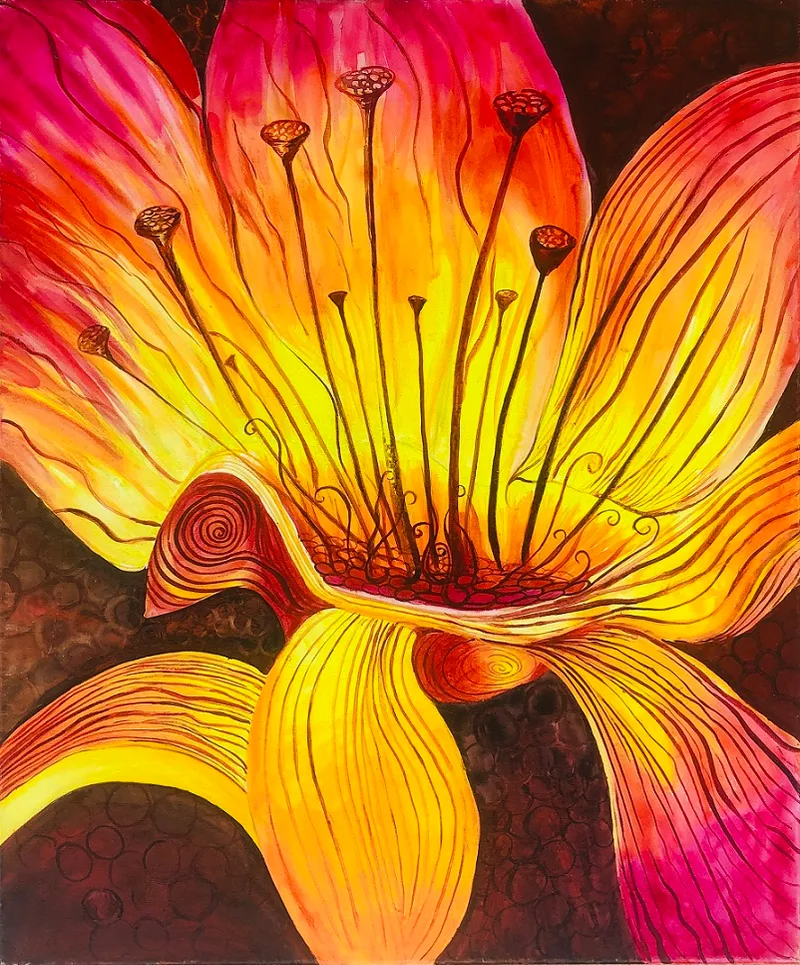
Vimla Ramsahaye
She calls for greater appreciation of art in society. “An awareness to make the inner artist rise up is imperative. The love to work towards the artistic avenue should be encouraged in one and all,” Vimla recommends. Digital media can help increase this awareness, particularly among youth.
For Chitra Santhe, she created works like The Swirling Dervish. “It was dusk. My inspiration was the quest for calmness and harmony within, and only the movement of the swirling dervish would connect me to the Absolute. Words fail me to explain. It’s a profound feeling,” she recalls.
Though the pandemic lockdown was tough on artists, Vimla feels it offers valuable lessons as well. “It taught me to be less demanding in life, to make do with what is available, and to render life easy and simple. Stress management was an on-going process,” she adds.
“Traditional exhibitions were cancelled due to social safety. Online exhibitions came to my rescue as I was invited to participate virtually, and it was a blessing. One should always look at the brighter side of life,” Vimla advises.
Online exhibitions have shown how the art world can rise and stand up in the face of adversities. The internet has also connected artists around the world, she observes, though she misses the warm of the human touch in physical exhibitions.
“All artists are dreamers. Let us work on our dreams and live life with a light heart so that we become free-thinkers,” Vimla advises aspiring artists.

Jayadeva H
Jayadeva H
“Art to me means a journey in exploring the soul,” explains Mysuru artist Jayadeva H. He has also been an art teacher. His works draw on Indian spirituality and mythology, connecting text and images.
“Everyone possesses the skill to appreciate art, it is an innate feature of humans,” he observes. His artworks are priced from Rs 75,000 to Rs 2.5 lakh.
Though he misses the human connections of physical exhibitions, he says he appreciates online exhibitions for being able to overcome the physical constraints of galleries and exhibition spaces.
Nivedita Gouda
Artist Nivedita Gouda showcased artworks from her Buddha series (see my coverage of her artworks at the earlier Oorja exhibition here).
“The artworks are mixed-media paintings, with acrylic paint on canvas as well as objects such as capiz shells from Bambolim beach in Goa,” she describes. The translucent shells are real and are stuck to the canvas.
“They add value and bring out the true beauty of nature,” Nivedita explains. Her works are priced from Rs 3,000 to Rs 50,000.
“Art has kept me sane during these difficult times of the pandemic. I try and assimilate all the experiences that I am going through into ideas to express through art,” Nivedita describes.

Nivedita Gouda
“Any idea when expressed gives some kind of relief and joy. The creativity in expression is through the choice of elements, composition, colours, and tones to add beauty to the work,” she adds.
“The best part of the finished work is when it connects with another human being and touches them in an inspirational way. This joy is limitless, and has given me the much-needed hope during the pandemic,” Nivedita recalls. Though there has been less interaction with others due to the pandemic, there is less distraction as well.
She also appreciates the convenience of being able to experience an online exhibition from home. “But art needs is best absorbed by physical presence. Even the lighting, the angle and the mood make a huge difference for a viewer to get impacted and connect with the art,” she explains.
“The textures and true colours of the work get missed out in a photograph,” she laments. Many viewers also want to physically see the work before buying, which limits online sales. Feedback and valuable criticism can also be lower in online viewing as compared to physical interactions.
“Keep working. All the experiences in every aspect of your life should become an inspiration for producing original works. Practice is key and hard work pays,” Nivedita signs off, as advice for aspiring artists.
Now, what have you done today to pause in your busy schedule and find new avenues to harness your inner creativity?
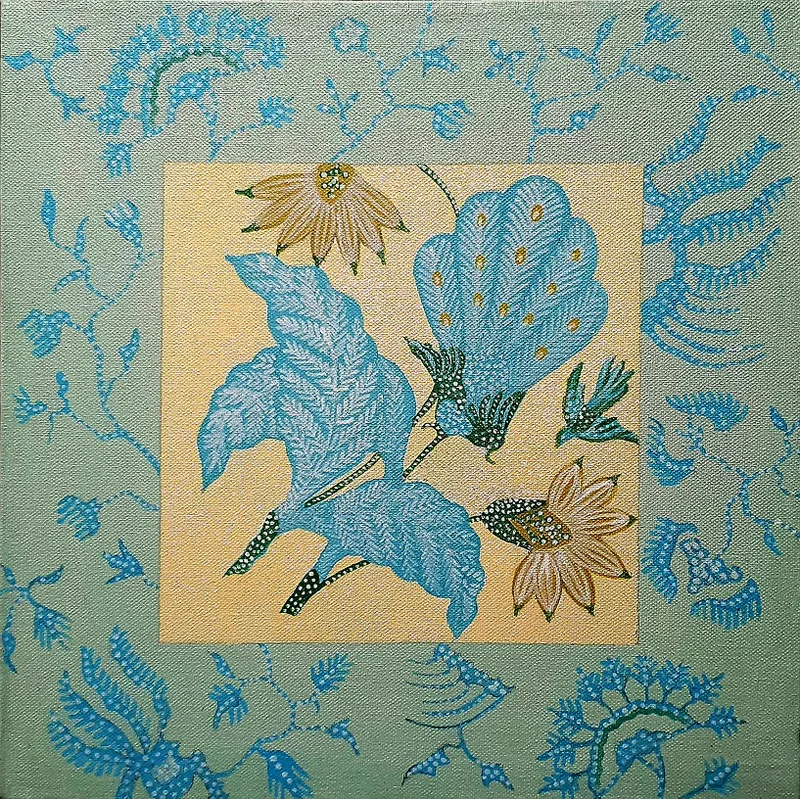
Tiarma Sirait
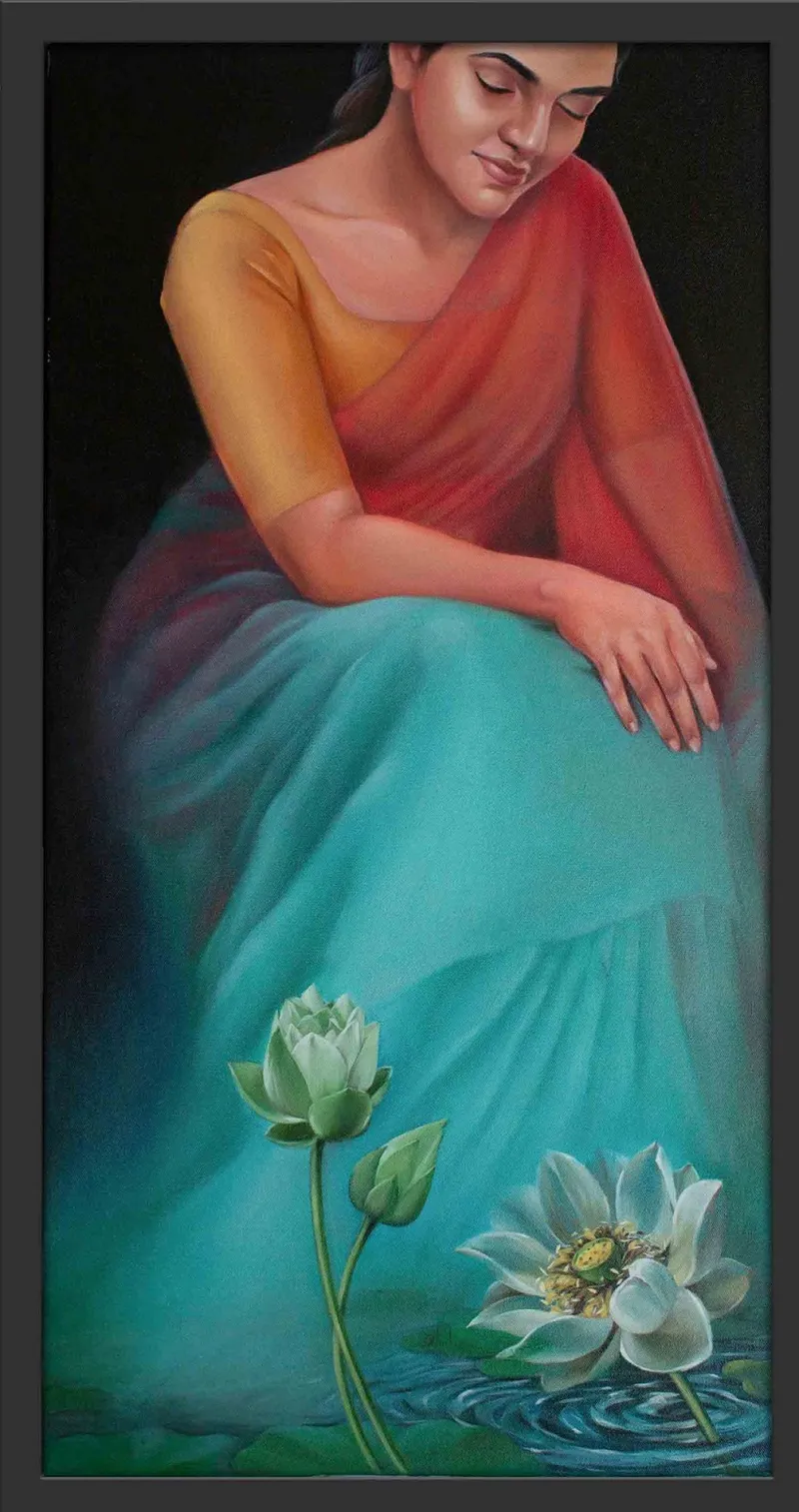
Dipti Madhukar Thakare

Jeya Prakash
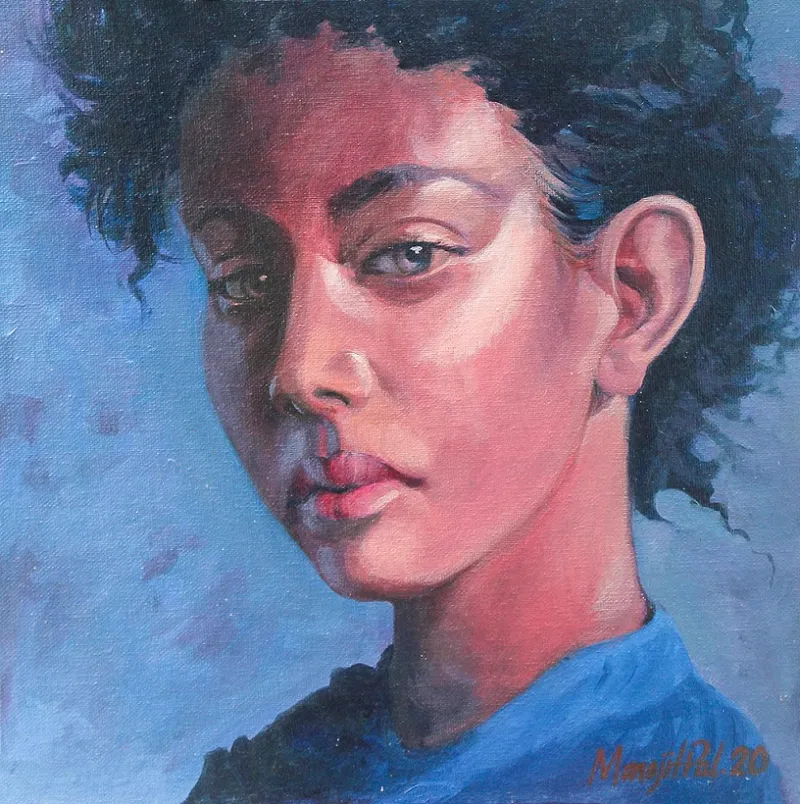
Monojit Pal

Swathi P N
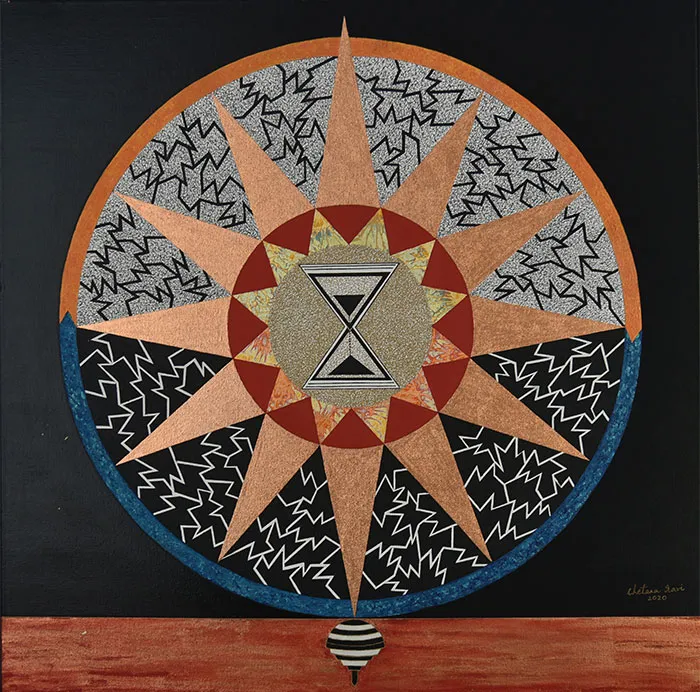
Chetana Ravi
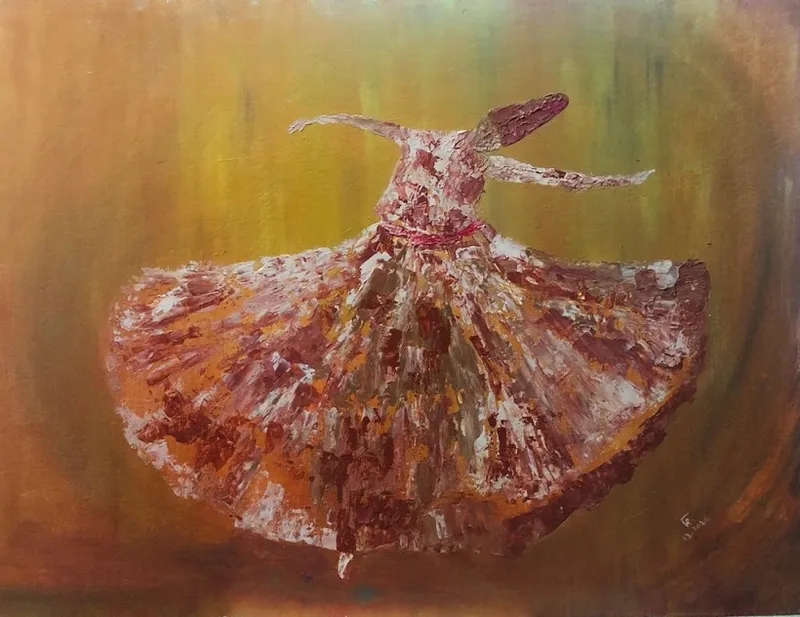
Vimla Ramsahaye

Jayadeva H

Kishan Kappari
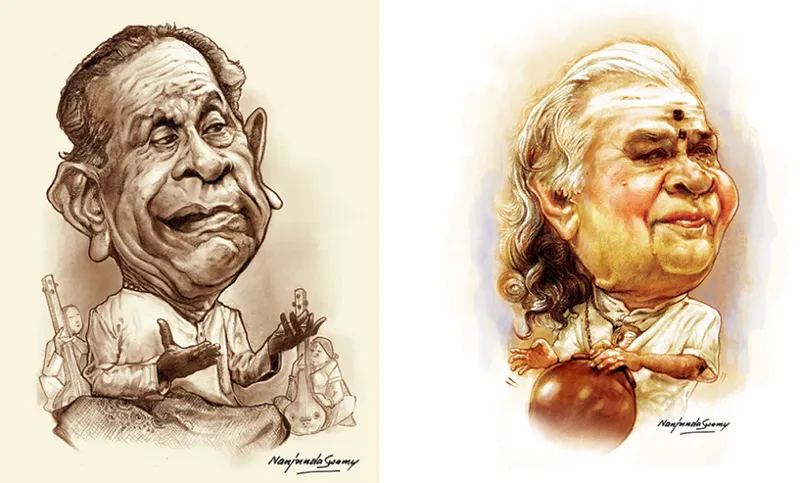
Nanjunda Swamy
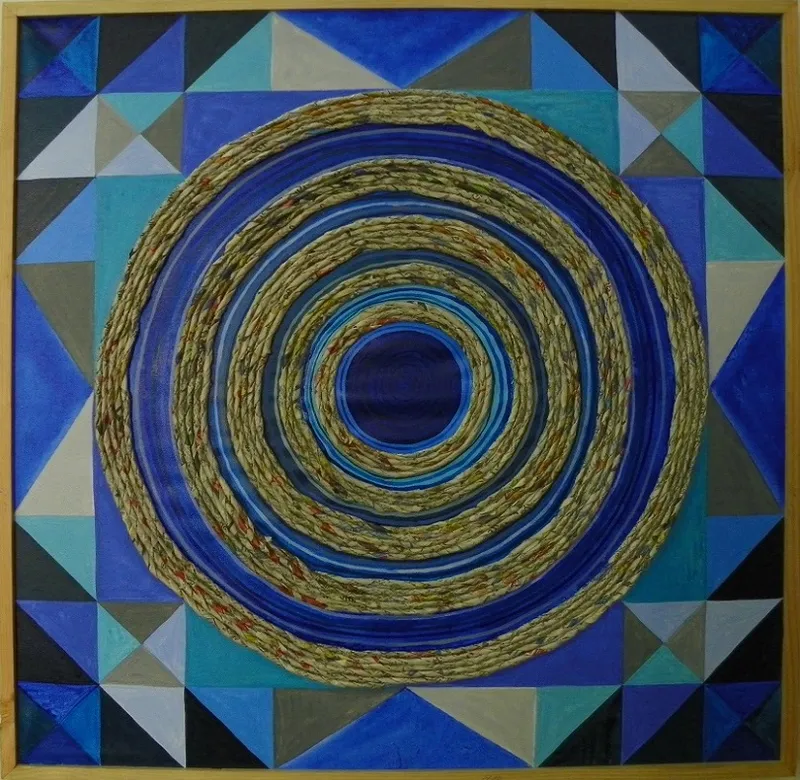
Neelu Patel
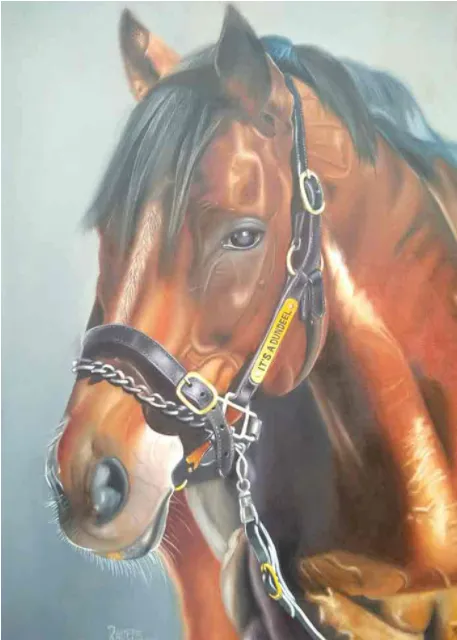
Ravees M
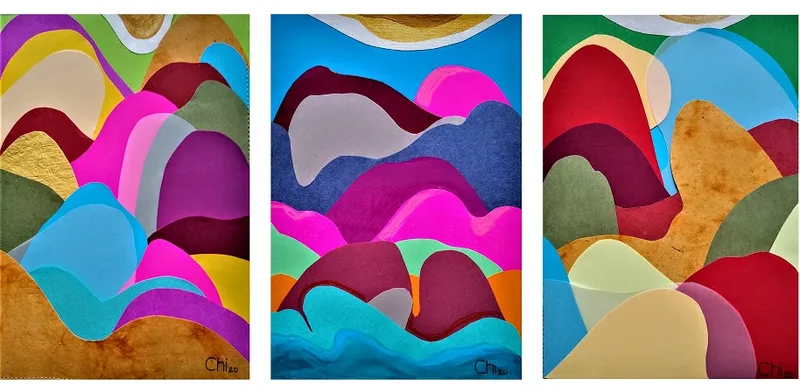
Suruchi Jamkar

Uma Makala
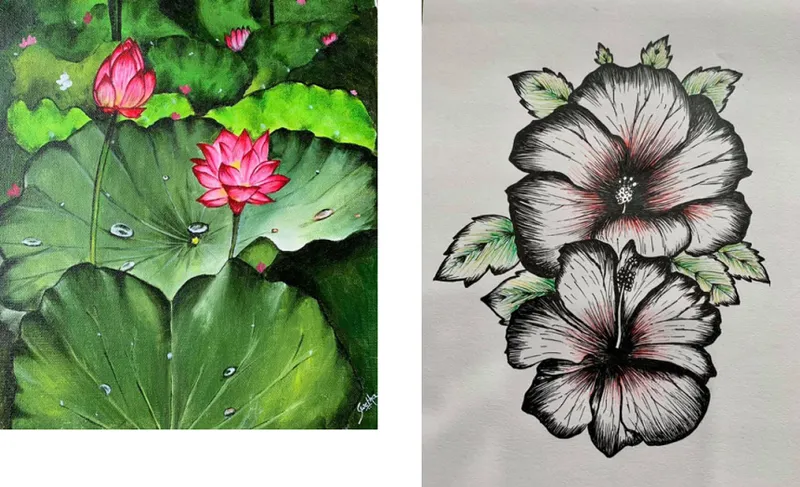
Swetha Oleti
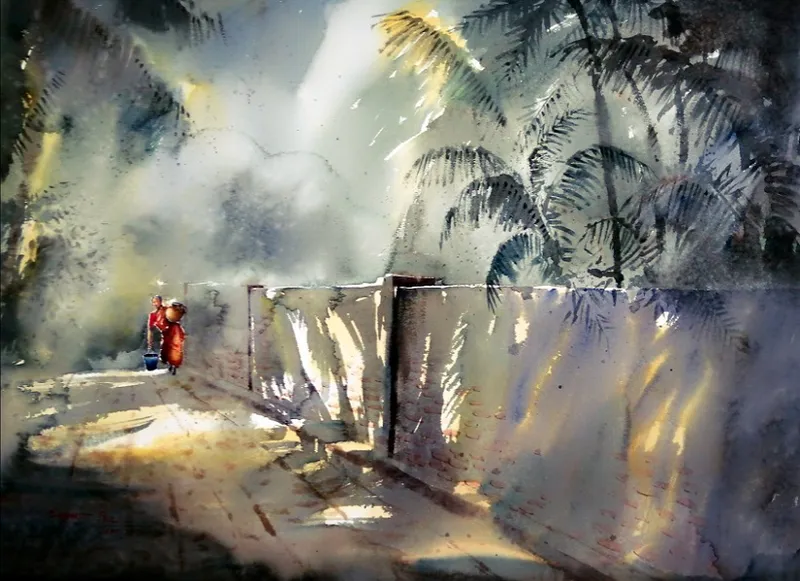
Subhajit Paul

Nivedita Gouda
See also the YourStory pocketbook ‘Proverbs and Quotes for Entrepreneurs: A World of Inspiration for Startups,’ accessible as apps for Apple and Android devices.
Edited by Teja Lele










